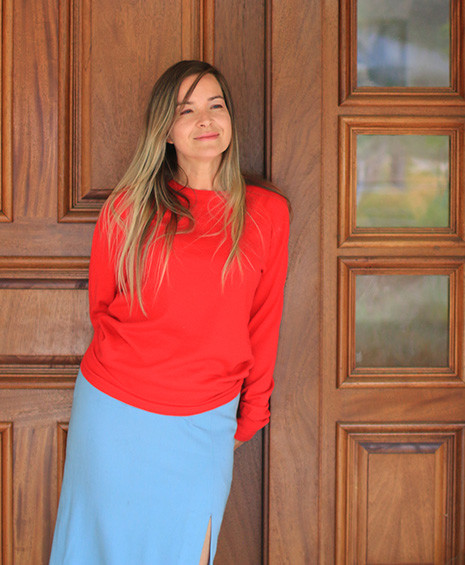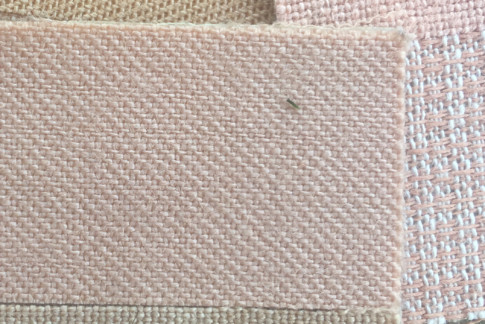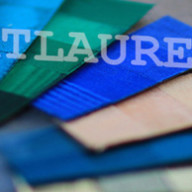
What defines our ability to sport True Red with ease and pose? It is not the hair color, it is the skin tone. It ranges from dark olive to alabaster and varies from cool to warm, but it has one unifying quality.
I once shopped with my mother in law for a windbreaker and we went through a bunch of them. Growing tired of the shopping process, she said she would just go for one in signal red, cause it is so basic, it goes well with everything and looks good on everyone. My jaw dropped. I could not handle signal red for a life of mine.
There are what I call Red-people and Non-Red-people. My mother in law is Red-people. She is convinced Signal Red is as basic as navy blue. And she is right. I belong to the breed of “Non-Reds.” Signal-Red is not in the book of my every day colors and I am just as right.
By the time I got to shop with my mother in law she was in her 70s. But Signal-Red was as basic for her in her seventies as it was when she was seventeen, as captured on this sepia shot.
Everyone can wear Signal Red, but the difference between “Reds” and “Non-Reds” is that “Reds” wear it as a base. “Non-Reds” need to get creative about it and treat Signal Red as a high-maintenance color.



















→ Prev
Next →